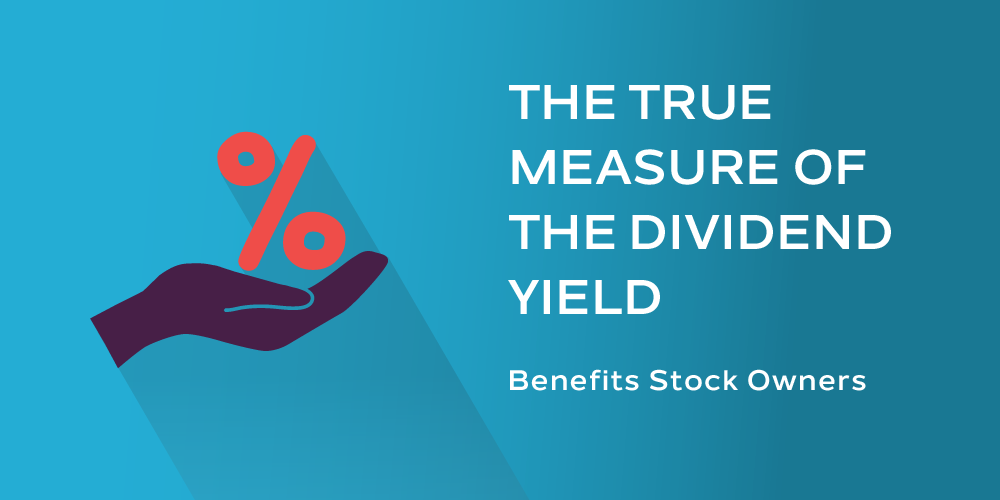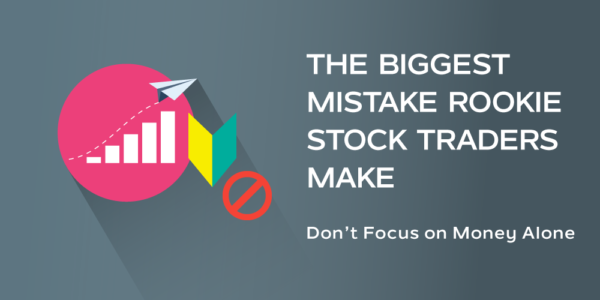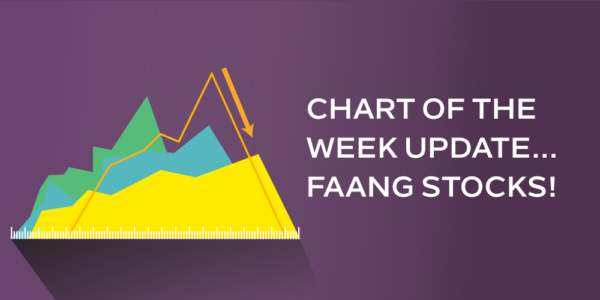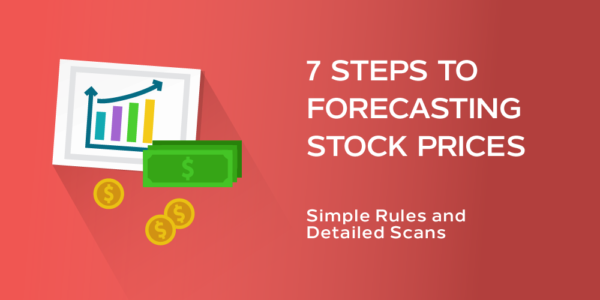
S&P stocks generated $1 trillion in profit in 2016 to fill the corporate cash coffers.
Most of these profit funds were used to improve shareholder value through stock buybacks or dividend distributions. According to Bloomberg, more than 90% of profits are spent to benefit stock owners using those methods.
In this low interest rate environment, dividends are an important income stream for investors. The current equation tilts toward equities as the S&P 500 yield is 2.5% compared to under 2% in the U.S. 10 Year Treasury Note. Obviously, risk tolerance is a significant factor in that individual choice.
Dividend income is not guaranteed, though, as the company can raise, lower, or suspend payments on a whim. It’s in the best interest of the corporation to be able to deliver consistent, if not increasing cash dividends to keep shareholders satisfied.
Cash dividends are issued quarterly, with the holder of the stock on an ex-dividend date to receive the payment. After the ex-date has been declared, the stock price often falls.
To calculate the amount of the dividend issued, use the following equation:
Current Dividend Yield = Most Recent Full Year Dividend / Share Price
The calculation totals the last four quarterly distributions to provide the current yield. Conditions can change, but it is usually a good guide of future distributions.
A cash dividend is just that, cash that can be spent by shareholders. Typically, the dividends are automatically reinvested to buy more stock shares with the distribution. Think of it as a set-it-and-forget-it mentality.
Be careful! The stock price denominator is critical in the yield equation. If the stock declines, which is not the objective of a long equity position, the dividend yield will rise.
A seemingly high dividend return is negated by a stock price dive.
To illustrate, IBM has an impressive 3% annual dividend yield. Unfortunately, Big Blue has been bleeding with a 10% loss in the stock over the last 52 weeks.
Clearly, the dividend yield isn’t the only measurement you need to take. Don’t be fooled by a high dividend yield if the stock price dips.
A combination of the two metrics, dividend and stock yield, is an accurate measure of profit performance.










